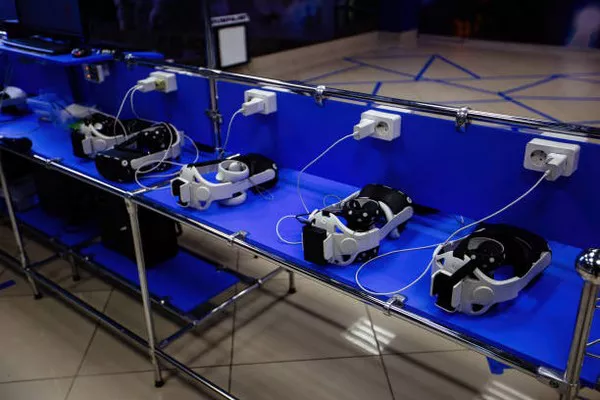A team of scientists at Penn State University has made significant strides in the efficiency of thermoelectric generators, which convert waste heat into clean energy. Their research, published in the journal Joule, demonstrates that these generators could soon rival other renewable energy sources, such as solar power, thanks to the use of high-entropy materials. This breakthrough may even facilitate long-distance space exploration.
Thermoelectric devices, including the radioisotope thermoelectric generators powering NASA’s space missions, operate by converting temperature differentials into electricity. When positioned near a heat source, such as a steam pipe in a power plant, charge carriers, including electrons, migrate from the hot side to the cold side, generating an electric current.
Current commercially available thermoelectric devices exhibit efficiencies of just 5% to 6%. However, the Penn State team developed a prototype that achieved a remarkable 15% conversion efficiency. This improvement means that existing devices could either reduce in size by 200% while maintaining the same energy output or produce double the energy without any size increase.
“These findings highlight a new pathway for enhancing thermoelectric devices and achieving greater efficiency,” said Bed Poudel, research professor in the Department of Materials Science and Engineering at Penn State and co-author of the study. “Our research opens doors to exciting new thermoelectric materials and could lead to further advancements in future material development.”
Previously, the team utilized half-Heusler alloys, known for their thermoelectric properties at medium to high temperatures, to improve device performance. These alloys are typically composed of three metallic elements, often enhanced with small amounts of other materials for better performance.
In this latest work, the researchers focused on high-entropy half-Heusler materials, which incorporate at least five principal elements into a single crystalline structure. This approach maintains the advantageous properties of traditional half-Heusler materials while providing enhancements.
“We successfully integrated high-entropy engineering into a half-Heusler system,” said Wenjie Li, associate research professor at Penn State and co-corresponding author of the study. “With conventional compounds, we may have about 100 options for creating different chemical compositions. The high-entropy concept expands this to potentially thousands of combinations, allowing us to manipulate material properties more effectively.”
The use of high-entropy materials introduces more atomic diversity, leading to disordered crystalline structures that slow charge carrier movement, thus lowering thermal conductivity. The selection of additional atoms also helps maintain a higher power factor, which measures the efficiency of an electrical system in converting power into useful work.
“In this approach, we can achieve a high power factor while simultaneously lowering thermal conductivity, maximizing the figure of merit—a key measure of material effectiveness,” said Subrata Ghosh, a postdoctoral scholar at Penn State and lead author of the study. “High-entropy engineering can be paired with conventional methods to further enhance the figure of merit across various thermoelectric materials.”
The new thermoelectric material achieved a record figure of merit of 1.50 at a temperature differential of 1,060 degrees Kelvin (approximately 1,448 degrees Fahrenheit), representing a 50% increase over current cutting-edge materials.
“High-entropy materials are often utilized in high-temperature applications like jet engines and hypersonic vehicles. However, this is the first instance of them being applied to develop a superior half-Heusler thermoelectric system,” Li noted.
This research holds significant promise for creating more efficient waste heat recovery devices in industrial environments. Capturing and converting waste heat into electricity could substantially reduce fossil fuel consumption. Additionally, thermoelectric devices operate without moving parts, chemical reactions, or emissions, making them a promising clean energy source.
Currently, the study focuses solely on p-type thermoelectric materials, with plans to explore similar advancements in n-type materials, which could further enhance efficiency.
“If we can apply this technology across a broader range of thermoelectric materials and continue achieving high figures of merit, we could push conversion efficiencies toward 20% or more,” Poudel stated. “That level of efficiency would position thermoelectric technology as a strong competitor to solar energy and other solid-state power generation technologies. The potential for future material development is truly exciting.”
The Penn State research team also included Amin Nozariasbmarz, Jennifer Gray, Rabeya B. Smriti, Sumanta K. Karan, Na Liu, and several former researchers, along with contributions from scholars at Portland State University and the U.S. Army Combat Capabilities Development Command. The work was primarily funded by the U.S. Army Rapid Innovation Fund, with additional support from the Office of Naval Research and Penn State’s Materials Research Institute.
You Might Be Interested In

